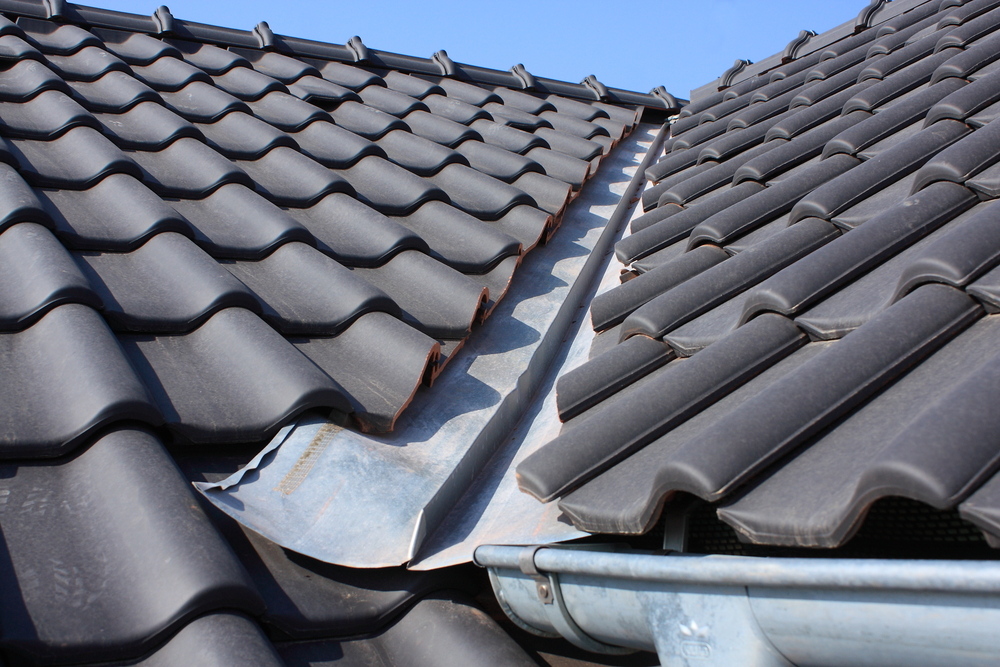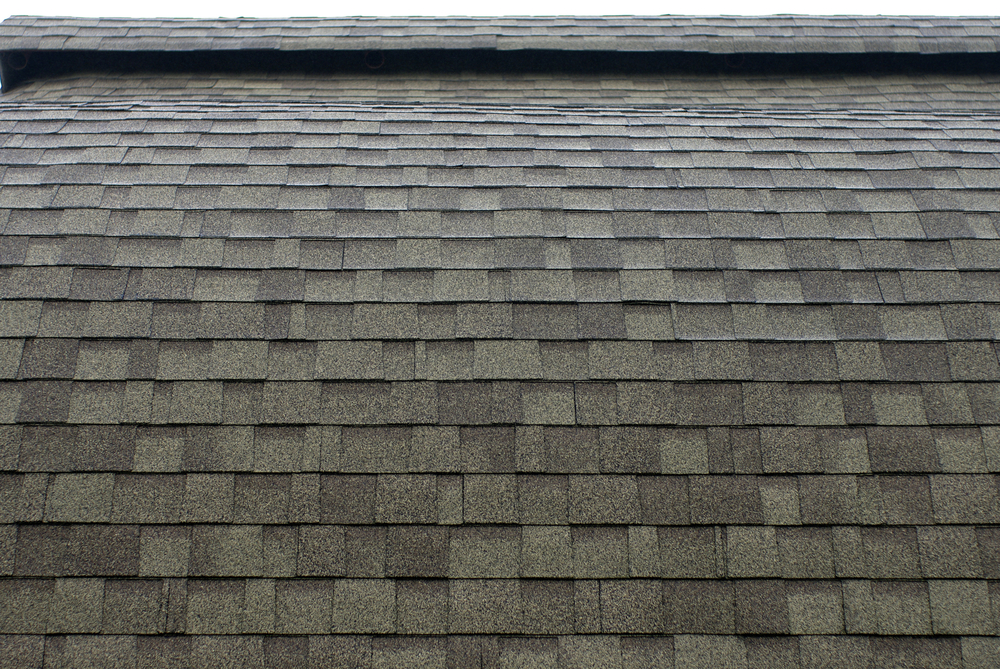Roofing Terminology You Need To Know
Jul 25, 2022

There is a lot of specialized vocabulary when it comes to roofing. Learning what all of the different terms mean can help you not only more easily converse with a roofer but also better understand what is happening with your roof during any roofing project. Plus, it will be harder for unscrupulous scammers to take advantage of you if you understand all of the roofing jargon already.
Parts of a Roof
Aggregate
Aggregate is a protective layer that sits on top of a flat roofing system. The aggregate layer can be made up of gravel, stone, rock, slag, or even crushed lava rock. This layer helps to protect the roof from the sun’s UV rays because it provides both reflectivity and insulation.
Apron Flashing
Apron flashing is an L- or V-shaped flashing that typically sits against a chimney. The purpose of apron flashing is to create a watertight barrier at a roof junction and to move the water towards the gutters.
Base Flashing
The purpose of the base flashing is to direct water towards the gutter so that it doesn’t build up on the roof. Base flashing is located at joints where the surface of the roof meets a vertical structure like a wall.
Batten
Battens are how tiles and shingles are affixed to the roof deck. They are attached to the roof deck horizontally.
Cap Flashing
Cap flashing goes over the top of base flashing as a seal for the flashing system to prevent water from getting in.
Cap Sheet
A cap sheet covers a built-up roof to make the surface of the roof water-tight.
Dormer

A dormer is any kind of vertical framed projection but is usually a window.
Eaves

Eaves are the part of the roof that projects out over empty space beyond where the walls of the home are. They overhang the walls so that water doesn’t drip down them in the event the gutters overflow.
Flashing

Flashing of any kind is a water-resistant barrier that is placed at joints and other less water-tight parts of a roof to ensure that water doesn’t enter the home.
Fasteners
Fasteners are small metal screws that are used to support your roof’s integrity against the weather.
Fascia

The fascia is the board that runs along the lower edge of the roof. Gutter systems are attached to the fascia.
Gutters

The gutters are the metal or vinyl tube system attached to the fascia of a home. Their purpose is to collect water that runs off the roof and direct it into downspouts so it can flow away from the home.
Overhang
The overhang is how far the eaves hang over the wall of the home.
Ridge
A ridge is the high point where two slopes meet. Typically, a ridge is the highest point on the roof.
Rafter

Rafters are a part of the system that supports the roof deck from within the house.
Soffit

Soffit is located on the underside of an overhang. It helps to keep moisture out of the attic.
Truss
The truss is the roofing framework that supports the roof.
Underlayment
The underlayment goes underneath the actual roof deck in order to protect it. The underlayment is a waterproof layer that helps to keep moisture out of the attic.
Valley

A valley on a roof is the opposite of a ridge. It’s where two slopes of a roof come together at their lowest point.
Roofing Materials
Architectural Shingles
Architectural shingles are a higher-quality type of shingles that have a fiberglass base and granules that are made up of ceramic-coated minerals.
Asphalt Shingles

Asphalt shingles are the most popular type of shingles. They typically cost less but also have a shorter lifespan than other shingle materials. Asphalt shingles are made of asphalt, ceramic, felt paper, and fiberglass.
Bitumen
Bitumen is a roofing material that comes from the process of distilling petroleum. It’s a viscous, black mixture that is also used as a sealant for cracks in asphalt roads. It’s a waterproof material that is commonly used on flat felt and roll roofing.
Dimensional Shingles
Dimensional shingles are textured shingles that have the appearance of being three-dimensional.
Three-Tab Shingles
Three-tab shingles are a type of asphalt shingle that comes in three tabs that are 12 inches each in length.
Roofing Techniques
Blind Nailing
Blind nailing is a roofing technique that involves keeping the nails and other roofing fasteners hidden. This protects them from the weather and helps to protect the roofing materials.
Damp Roofing
Damp roofing is the process of treating a roof to resist water penetration when there is no hydrostatic pressure.
Roof Tear-Off
A tear-off is the complete removal of the roof. Typically this is done in order to replace the roof.
Types of Roofs
Ballasted Roof
A ballasted roof is one that doesn’t have anchoring between the decking and the roof membrane and can be a quick installation option for flat roofs.
Built-up Roof (BUR)
A built-up roof, also known as BUR, is typically a low-slope or flat roof that is made up of several layers. A BUR alternates layers of bitumen and fabric and is covered with a layer of aggregate.
Gabled Roof

A gabled roof is a type of roof in which two roof sections that slope in opposite directions meet at a point.
Mansard Roof

A Mansard roof is a style of roof in which all four sides of the roof have a slope and meet at a flat top.
Roofing Damage
Alligatoring
Alligatoring is damage that can occur over time on a flat roof. It’s the process of the roofing material drying out and cracking.
Blistering
Blistering can occur on shingle roofs and is when bubbles appear on shingles. This is caused by gas or moisture within the shingle and can shorten a roof’s lifespan. It most commonly occurs on roofs that are poorly ventilated or over-heated.
Buckling
Buckling occurs in humid weather or on older roofs and is the process of asphalt shingles lifting up and not staying flat, giving the roof a wrinkled look.
Curling
Curling can occur when wind uplift pulls shingles up from where they are fastened on the roof.
Weathering
Weathering is the damage that occurs to a roof due to the effects of weather over time. It’s the gradual breakdown of the roofing materials as the roof reaches the end of its lifespan and needs to be replaced.

